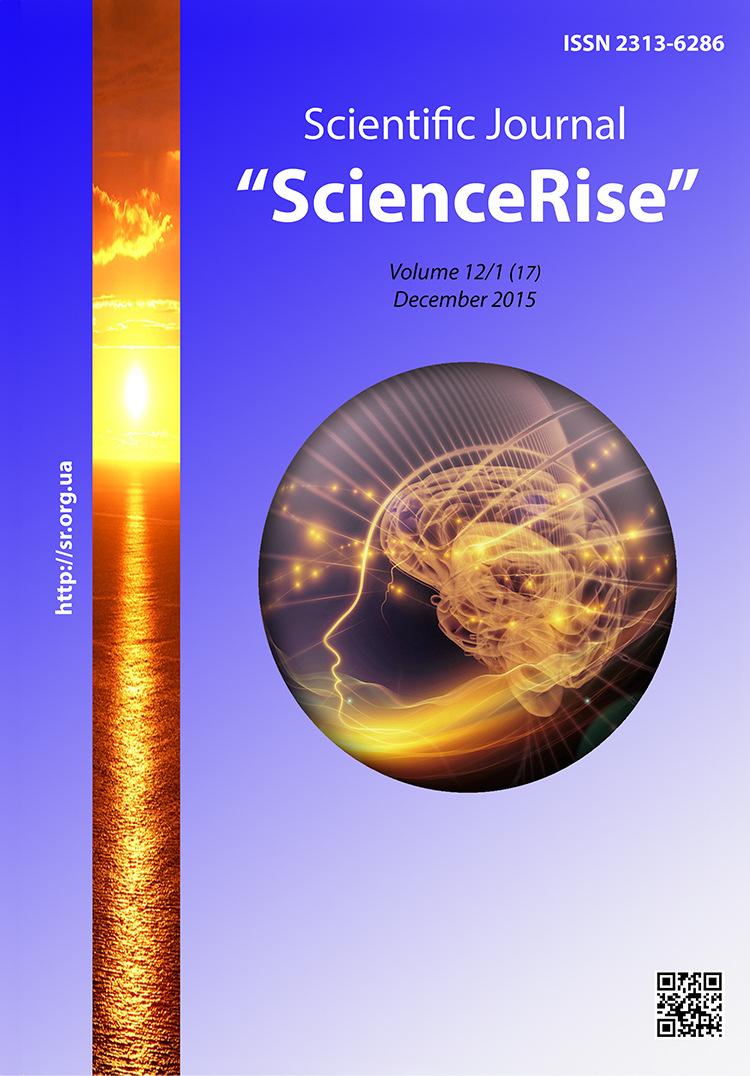Features of energy efficiency benchmarking implementation as tools of DSTU ISO 50001: 2014 for Ukrainian industrial enterprises
DOI:
https://doi.org/10.15587/2313-8416.2015.56180Keywords:
benchmarking, energy efficiency benchmarking, DSTU ISO 50001, 2014, PDCA cycle, energy efficiencyAbstract
Essence, types and stages of energy efficiency benchmarking in the industrial enterprises are considered. Features, advantages, disadvantages and limitations on the use are defined and underlying problems that could affect the successful conduct of energy efficiency benchmarking to Ukrainian industrial enterprises are specified. Energy efficiency benchmarking as tools to the national standard of DSTU ISO 50001: 2014 is proposed
References
Rosen, V. P., Tishkevych, B. L., Rosen, P. V. (2012). Metodologija benchmarkingu energoefektyvnosti dlja promyslovosti Ukrai'ny. Jenergosberezhenie. Jenergetika. Jenergoaudit, 5, 9–19, Available at: http://www.kpi.kharkov.ua/archive/%D0%9D%D0%B0%D1%83%D0%BA%D0%BE%D0%B2%D0%B0_%D0%BF%D0%B5%D1%80%D1%96%D0%BE%D0%B4%D0%B8%D0%BA%D0%B0/eee/2012/6/17968.pdf
Goncharuk, A. G. (2007). Benchmarking as a method of enterprise performance management. Proceedings of the Odessa Polytechnic University, 1, 253–258.
Kirik, O. A. (2013). Benchmarking as a search tool innovation. Herald Berdyansk University of Management and Business, 1, 49–52.
Danilkova, A. J. (2014). ISO 50001 – the global standard in the area of energy conservation. Foreign experience towards standardization. Scientific Papers of Donetsk State University of Management, series "Economics", 288, 128–136.
ISO 50001: 2011. Sistemy jenergeticheskogo menedzhmenta. Trebovanija i rukovodstvo po ispol'zovaniju (2011). Available at: http://www.iso.org
Blischuk, K. M., Krupnik, A. S., Matviyishyn, E. G. et. al; Bilynska, M. M. (Ed.) (2014). Prediction of areas. Benchmarking. Kyiv: K.I.S., 120.
Downloads
Published
Issue
Section
License
Copyright (c) 2015 Анастасія Юріївна Данілкова

This work is licensed under a Creative Commons Attribution 4.0 International License.
Our journal abides by the Creative Commons CC BY copyright rights and permissions for open access journals.
Authors, who are published in this journal, agree to the following conditions:
1. The authors reserve the right to authorship of the work and pass the first publication right of this work to the journal under the terms of a Creative Commons CC BY, which allows others to freely distribute the published research with the obligatory reference to the authors of the original work and the first publication of the work in this journal.
2. The authors have the right to conclude separate supplement agreements that relate to non-exclusive work distribution in the form in which it has been published by the journal (for example, to upload the work to the online storage of the journal or publish it as part of a monograph), provided that the reference to the first publication of the work in this journal is included.

